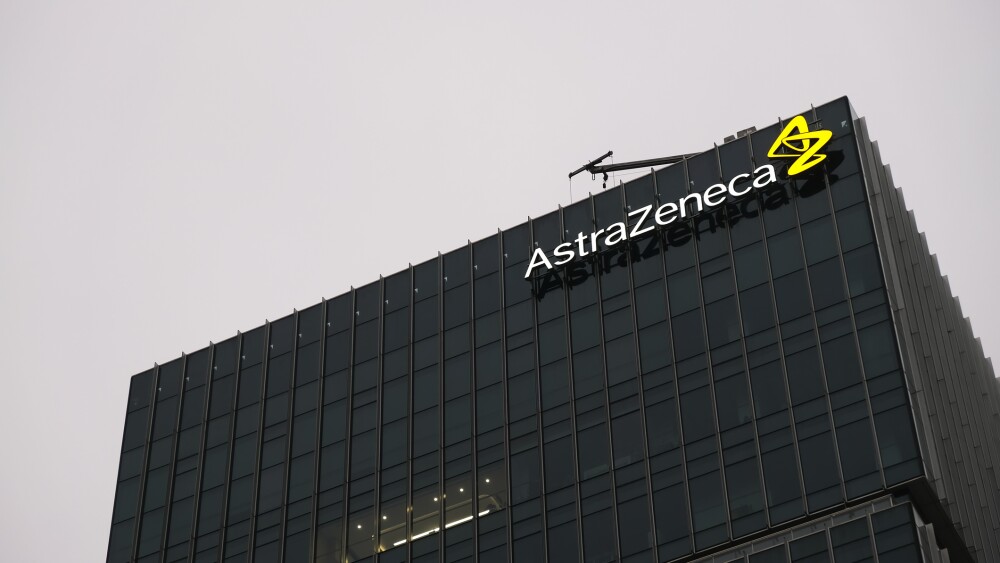Since taking the helm in 2023, Anderson has embarked on a radical departure from the traditional structure of large pharma companies. Will getting rid of management layers fix Bayer?
This week, Bayer confirmed that it eliminated 1,500 employees in the first quarter of 2024, with approximately two-thirds of those axed positions in managerial roles. The layoffs are meant to help the company hit its target of €500 million ($540 million) of sustainable cost savings in 2024 and €2 billion ($2.16 billion) in 2026.
The workforce reduction is part of CEO Bill Anderson’s new operating model, dubbed Dynamic Shared Ownership (DSO), which was rolled out in January 2024 in an effort to cut back on bloated bureaucracy and hierarchies, as well as streamline Bayer’s organizational structure with the aim of boosting overall operational efficiency.
“We are consolidating roles, we are designing teams for more impact, and we are taking out layers, many layers,” Anderson told investors on a Tuesday call. “Our senior leadership circle is already noticeably smaller than it was a year ago.”
Since taking the helm at Bayer last year, Anderson has put a big target on the backs of managers at his company. We got an early preview of Bayer’s managerial purge at the top in March when the company eliminated nearly half of its executive positions in a major overhaul.
That same month, Anderson laid out for The Wall Street Journal his plan to restructure Bayer. As the new CEO in 2023, he embarked on a company listening tour and was told that “launching a new product takes years instead of months” and “disputes between departments take too long to resolve.” Soon after, Anderson decided to “rewire” the company culture by focusing on “fewer bosses, fewer rules” while acknowledging that initially “it’ll be a little messy.”
Asked in Tuesday’s investor call about how the implementation of DSO is going, Anderson said that “teams in every corner of Bayer are working in the new model,” including the pharma division which has more than 180 teams up and running that “are taking ownership of their work in a completely new way, making faster and better decisions.” He said the company will report its progress in implementing DSO on a quarterly basis.
Stefan Oelrich, head of Bayer’s pharmaceuticals division, added, “we have all been surprised by the speed and the enthusiasm” that has accompanied the new operating model. “In our customer-facing units in pharma where we have implemented, like in the U.S., I think we have seen that there were no big obstacles in implementation,” Oelrich said.
Bayer’s Q1 restructuring comes on the heels of Bristol Myers Squibb’s April 25 announcement that it will cut 2,200 employees in a “strategic productivity initiative” designed to generate approximately $1.5 billion in cost savings through 2025. As with Bayer, the BMS cost-cutting measures include thinning out its management layers.
But will getting rid of management be the right move in the long haul? For Bayer at least, the company’s problems are not just a bloated bureaucracy. Xarelto’s patent expires this year in the European Union and in 2025 in the U.S. It’s a blockbuster blood thinner drug that has enjoyed years of growth but is now feeling the heat from generic competitors. Last month, a U.K. High Court revoked a patent for the therapy’s active ingredient, opening it up to generic competition in that country.
Anderson said on Tuesday that Bayer managed a slight Xarelto sales increase in Q1 but noted the company is “seeing additional pressure from generics in some markets.” Looking ahead, CFO Wolfgang Nickl warned that Bayer is expecting Xarelto’s headwinds to increase throughout 2024, “likely resulting in year-on-year sales declines” for the next three quarters.
It’s wait and see if Andersons’ strategy can turn things around at Bayer. But as he told The Wall Street Journal, the bar might not be that high for significant improvement: “We don’t actually have to be that good to beat the current system.” For now, 1,500 people are out of work.
Greg Slabodkin is the news editor at BioSpace. You can reach him at greg.slabodkin@biospace.com. Follow him on LinkedIn.






